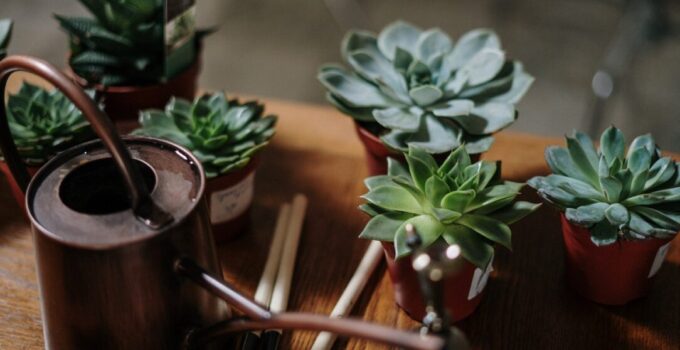Succulents are rather easy-going plants that can survive for a long time in severe weather or keep going strong for months in drought conditions. However, if they’re given too much water, they may die and rot within a couple of days. That should be the number one reason not to ever think of overwatering your succulent or their cousin – cactus.
The stores which sell these lovelies, such as an online shop ‘Succulent Market’, never cease to highlight the importance of keeping the water amount low, as such a piece of advice can be found in the description of any item – just check this and you’ll see!
In nature, they can survive long periods without rainfall and in heat, as they already keep enough water in their leaves, stems, or roots. This makes every single excess drop a true enemy of your plant. If, however, you still aren’t sure if you understand the consequences well, we’ll help you save your leafy pet by discussing a few reasons why you should take care of the amount of water you give them.
Regular rot
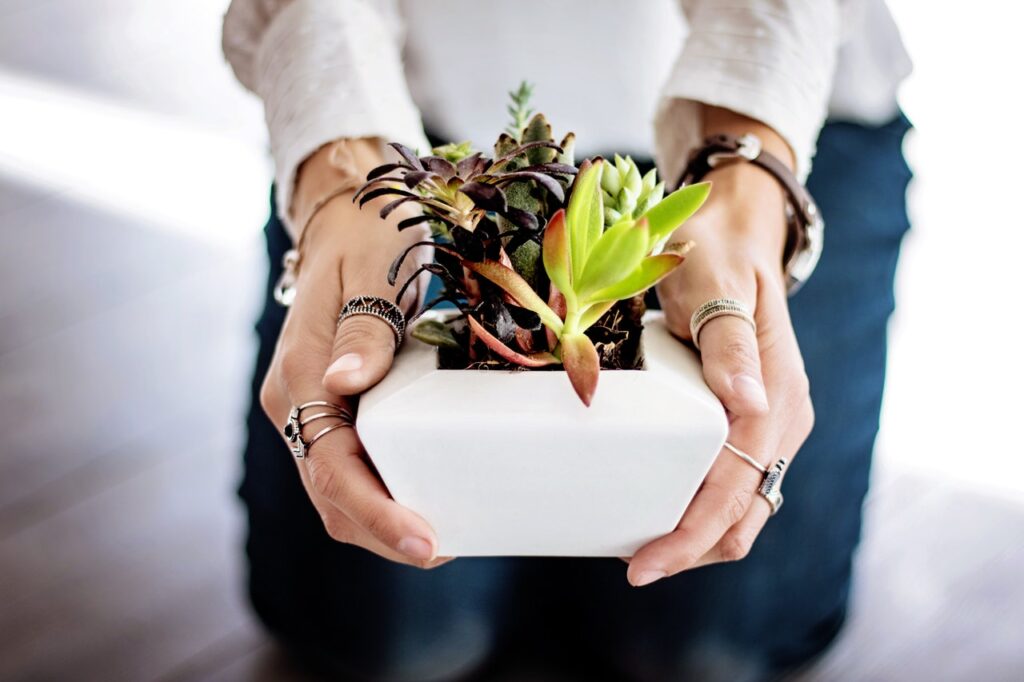
Source: pexels.com
Rotting is the number one killer of these plants – when you soak them, it basically kills them. They’ll start falling apart very soon as they are already wet enough from the inside. Always keep in mind that you should rather let them dry if you want to keep them healthy-looking. As previously mentioned, they don’t need much moisture and can survive in hot climates, so consider this especially carefully if you live in humid areas. You should make sure that the soil is dry from the bottom to the top of the pot, because the issue always starts from the bottom, even though your leaves may look plump and healthy at the beginning. Don’t let that scene deceive you – the rot starts spreading upward and it will eventually come to the surface.
Puffy-looking leaves and stems
If you want to avoid puffy-looking stems, make sure you keep the soil dry. It means that it needs to be watered every two weeks or slightly more often, depending on how fast the soil you have dries out, but you shouldn’t overdo it. The leaves can lose their color and turn yellowish or white – you can try to inspect the roots and try to repair the damage, but no one can guarantee that it will work, especially if the leaves got soft as well. The best thing you can do is take the puffy-looking ones outside the pot and check if the roots are rotted and brown or still healthy. If they don’t look well, simply cut them off and keep the healthy parts – get a drier pot and regrow it.
Leaves falling off
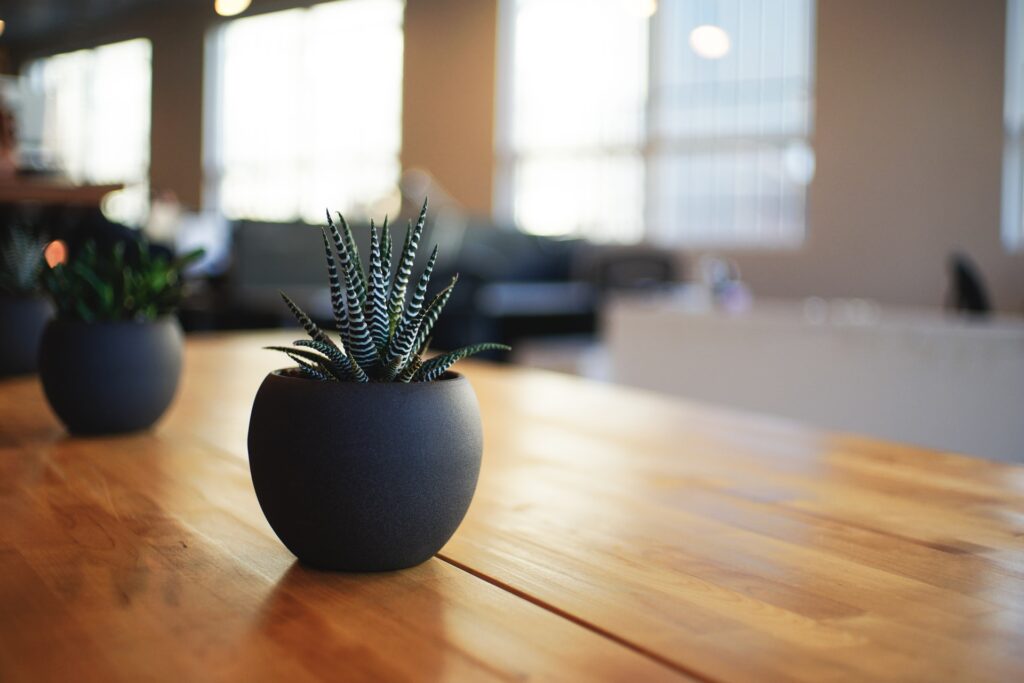
Source: unsplash.com
Just after you notice that they are diluted in color and squishy, they’ll start to fall off before you know it. When you see that, it means it’s probably too late for the succulent to be saved. This process follows the rot and softened leaves, so make sure you react quickly to get at least a small chance to make things right.
Discolored base leaves
Have you noticed discolored base leaves on the left side? If that is the case, you’re in trouble! Just like with stem rot, this is a cause for leaves to fall off, as the rot occurred where meristem tissue develops typically. Such parts are no longer useful for propagation, which is why you can’t expect any further growth and development, although other leaves that are located above the succulent stem rot still appear kind of healthy.
Dead leaves of the upper part of the new growth
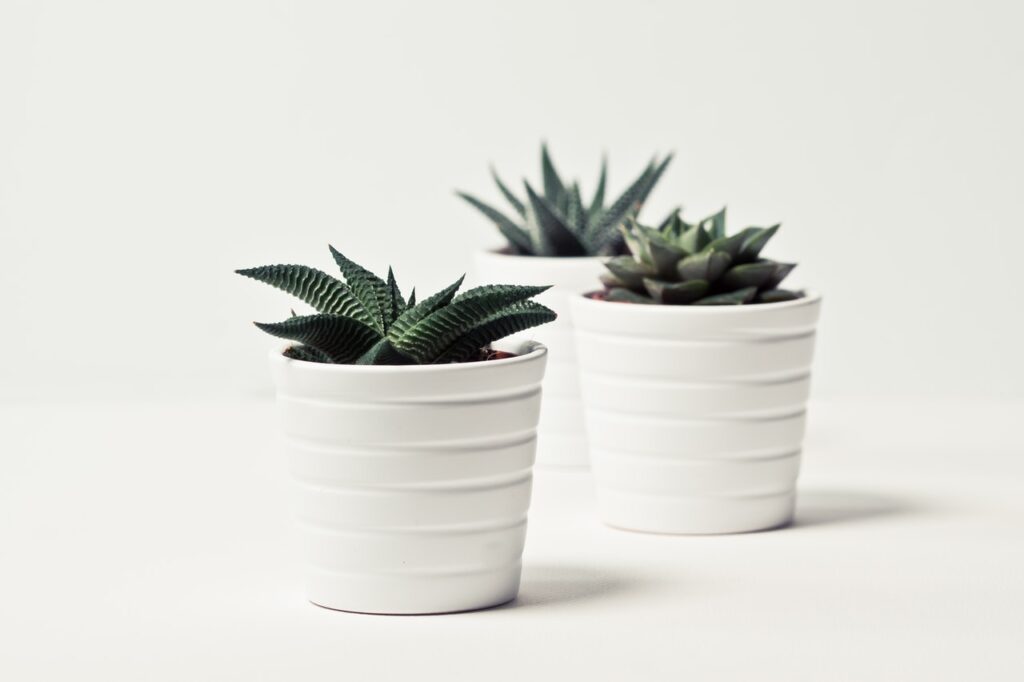
Source: pexels.com
If you find symptoms like this on the upper part of the new growth, it might be a clear sign of danger. While too much water is usually the factor that causes this problem, it can also be caused by a lack of moisture as well.
Upon noticing this, the first thing you need to do is check the soil. Try to avoid soaking it for some time – for a couple of weeks – and check if things are improving. Also, you should remove all dead parts of the plant. If the rotten roots have been cleared out and the soil is fully dried, you may even start hoping for the survival of your minion.
Better under-watered than over-watered
The damage you get if you don’t water your succulent is less serious than the one you get after soaking it. If it’s dry, you’ll notice it looks shrivel and wrinkly, but, you can fix that more easily since the rot won’t be too affected in this scenario. If you keep them on your window without any moisture, it won’t always affect them negatively since they are desert plants. As we said, they may even survive months without a single drop of rain – so don’t worry at all – they’ll be just fine.
How can we prevent these problems from happening?
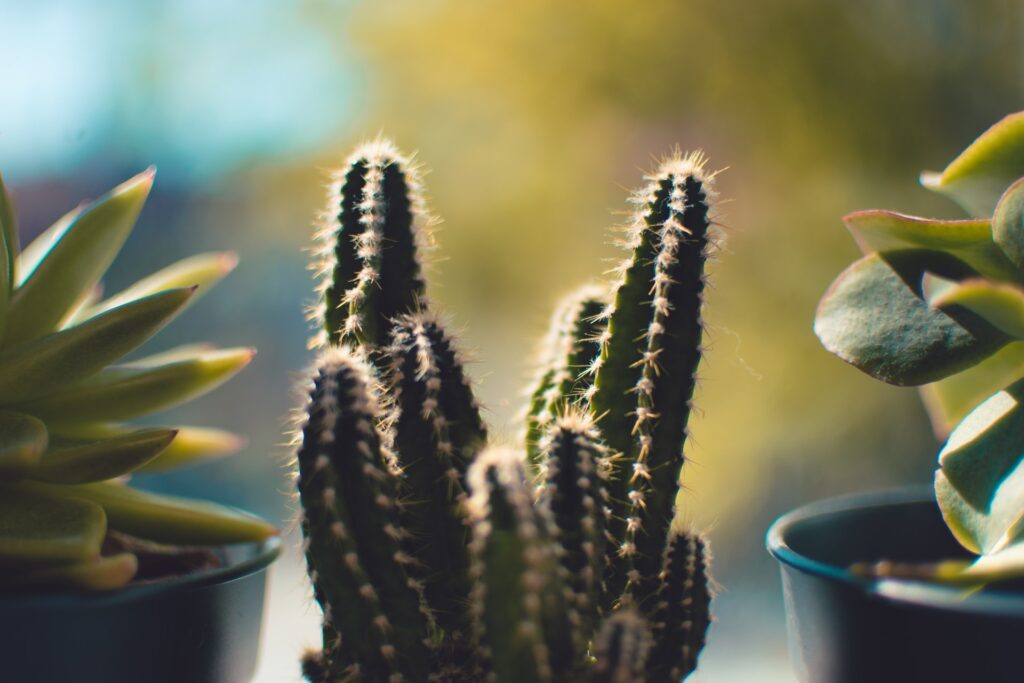
Source: unsplash.com
You should make a good schedule if you want to make sure your succulents keep going strong and healthy. Having a notebook where you can note any time you watered your plant will help you track when the last time your plant got some moisture was.
Also, make sure to use a container that is breathable and has a good drainage hole – the best option would be clay pots or ceramic ones. Not only are they best for your leafy friend, but they are also quite decorative! Try to avoid glass and plastic containers, as they aren’t pots – drainage and breathability are a mission impossible here. The water will have nowhere to go without proper drainage, so it’ll probably stay there, soak the soil and kill the plant.
Even if things get tough, the overwatered plant doesn’t need to die. You can always reduce the watering frequency and, if the damage is not widespread yet, you can change the position in which you keep it and give it more sunlight. Or simply change the soil mix and repot the plant in a container that has drainage holes. It’s better to know all this before anything bad happens – there are more than enough reasons why you should be careful if you are a real lover of these little ones!

